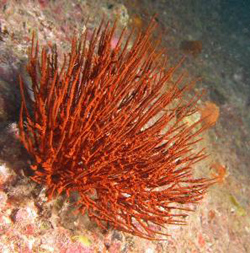Scientists Develop Technology Revolutionizing Single-Cell Studies
Researchers at the University of Hawaiʻi at Mānoa, in collaboration with scientists at the J. Craig Venter Institute, have made a significant breakthrough in developing a novel technology to investigate global gene-expression in a single bacterium. The team, led by Associate Professors Tung T. Hoang and Stuart P. Donachie, recently published a paper describing the technology in Genome Research (21:925-935), a premier international genome journal. UH Mānoa postdoctoral researcher Dr. Yun Kang, who performed this research in a Snyder Hall laboratory, contributed significantly and worked diligently to overcome the numerous technical challenges presented. (more…)

